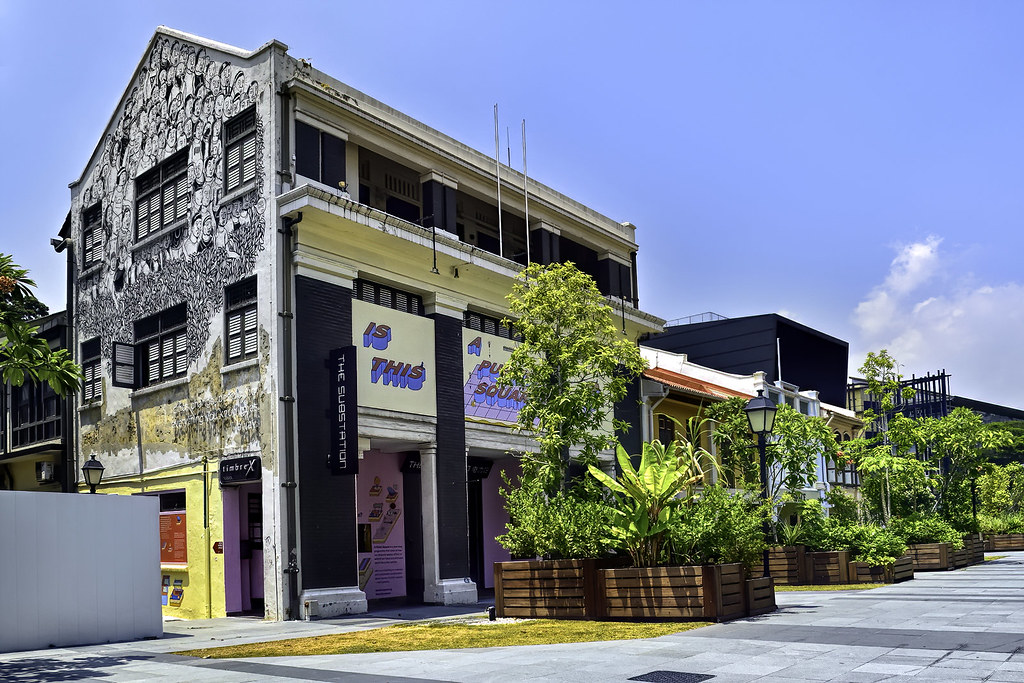Protest and the Culture War in Singapore
March 2, 2022

The Substation, Singapore’s first independent contemporary arts center, announced its permanent closure on 2nd March 2021. The Substation Board reached the decision after several discussions with the National Arts Council, during which it was suggested that the Substation could lose control over facilities that were key to its functions as an arts center — the theatre and the gallery. Announcement of its closure raised questions about the state’s role in maintaining a vibrant local arts scene. Following their announcement of closure in March, the Substation announced that they would no longer be closing and instead, would be converting to an arts company, retaining its original focus on supporting independent artists and contributing to the local arts scene.
In ‘Protest and the Culture War in Singapore’ in Navigating Differences: Integration in Singapore (ISEAS, 2020), Associate Professor Daniel Goh (NUS Sociology) shows how the Singapore government, through its production of regulated spaces for protests, changed their significance from moral acts to spectacular forms of publicity. He also argues that protests in Singapore have taken on a distinctive political shade, becoming spaces for culture wars between Singaporeans who champion different values.
A/P Goh raises the example of Josef Ng to illustrate the changing functions of protests in Singapore. Josef Ng was a performance artist who staged a public protest on 1st January 1994 through his performance art to highlight the systemic injustice that occurred when 12 homosexual men were arrested and charged for “outage of modesty” after they approached undercover police officers during an entrapment operation at a popular gay cruising ground. His protest, which intended to question the state’s morality, was represented by the state as a deviant act that threatened public order and safety. A/P Goh argues that by constructing performance artists as threats to the social order, these artists are incentivized to enter regulated mainstream spaces that could accommodate their work. The state then provides these spaces, reducing the significance of protests from great moral acts to mere works of contained publicity. This containment paved the way for these spaces to develop into sites of culture wars.
‘Protest and the Culture War in Singapore’ traces our local history of performance art as public protests and discusses the role of the state in developing regulated spaces that aimed to accommodate and contain these protests. The chapter concludes by showing how these contained spaces eventually became sites of culture wars.
Read the chapter here!
Get Navigating Differences: Integration in Singapore here!
